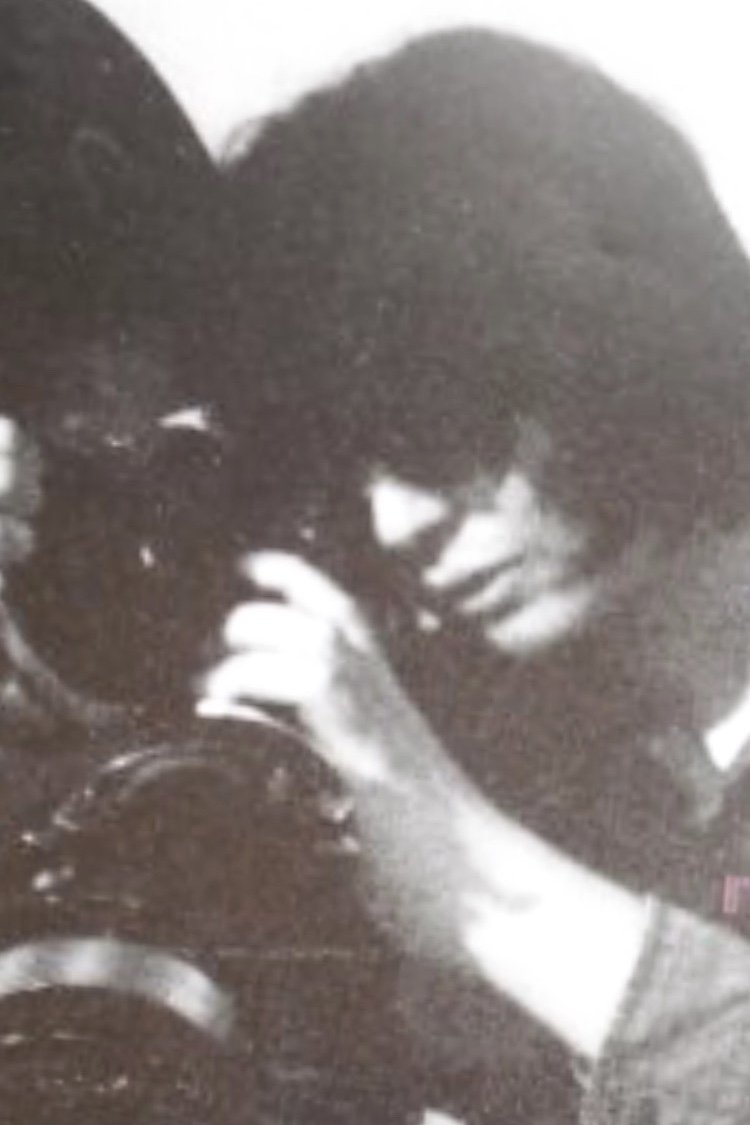
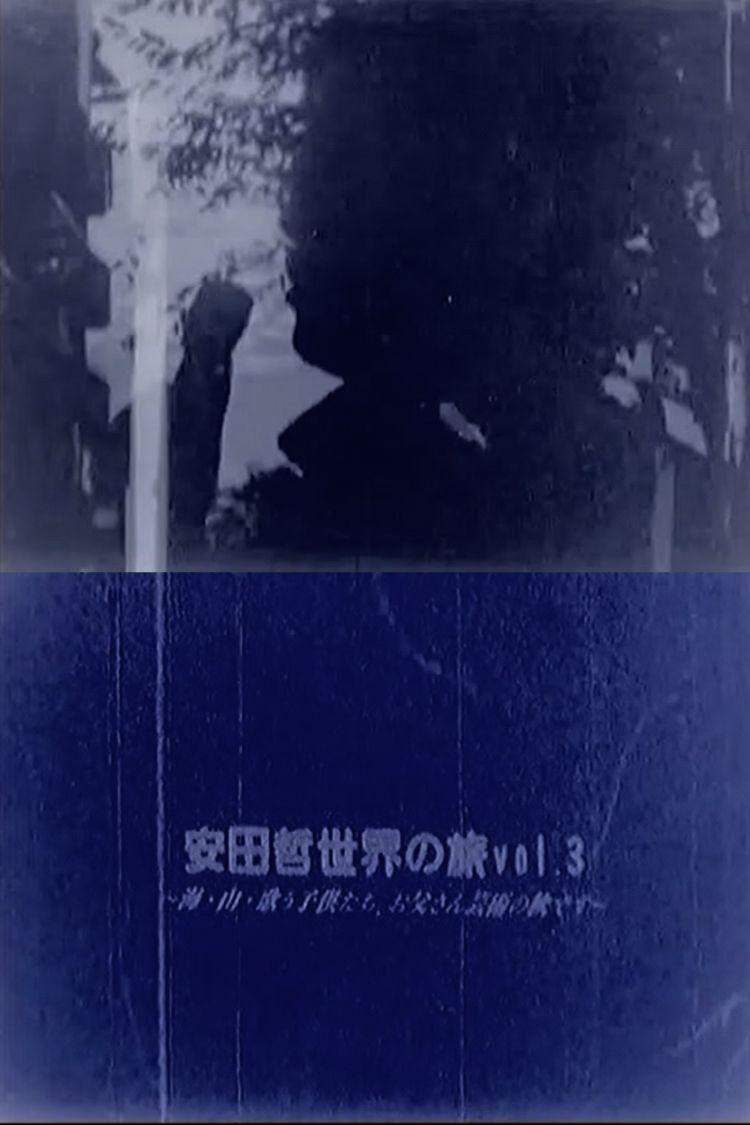
Yasuda Satoru, 8mm. Singing, children, sea, mountains, travel, friends. Archive and diary like footage repeated and distorted multiple times - in the end it became like a "ghost diary". R-1/3~3/3
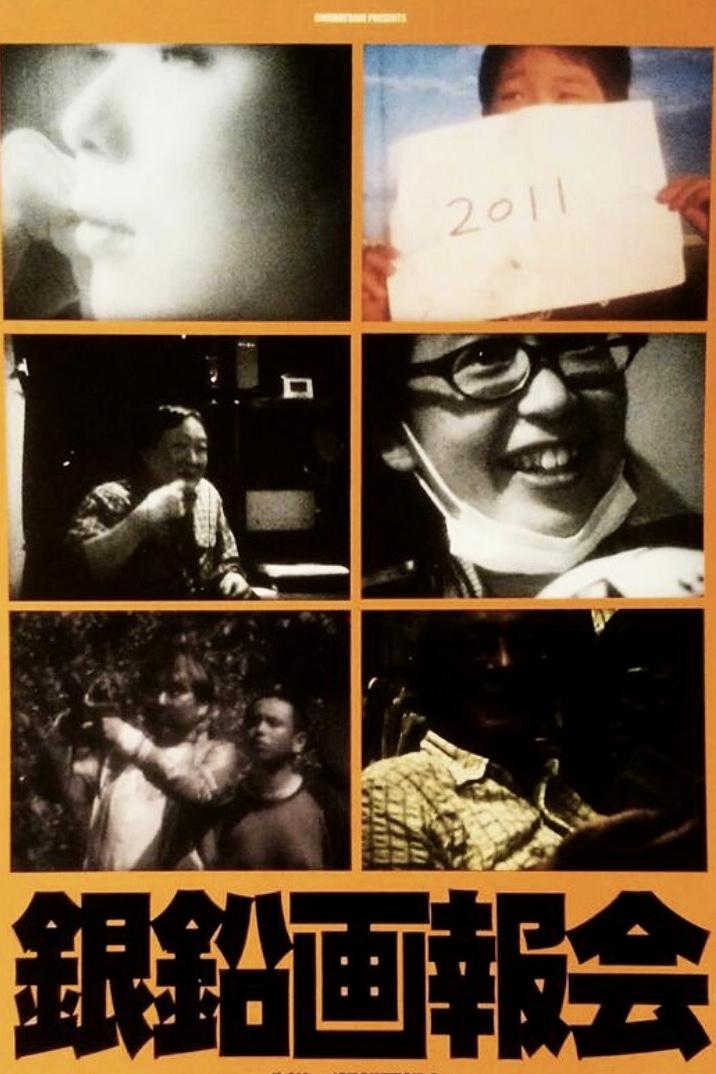
This is a film about a medium approaching extinction, an 8mm documentary film about a vanishing 8mm cinema. Blending two genres, the science film and the personal film, and benefiting from the participation of multiple generations of cineastes, it is a reflection upon the original cinematic experience.
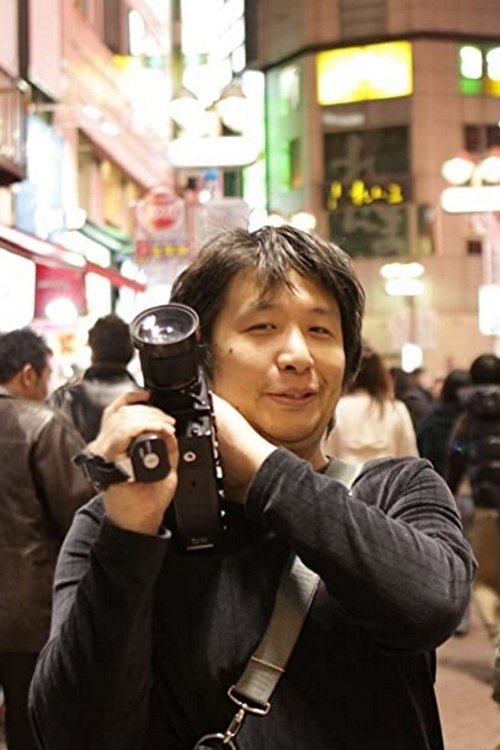
Nakagawa shot “Coming Future” on the nights of December 24 and 25, 2010 in Shibuya, making it his location for an idealized Bohemia in the heart of Tokyo. Interesting interviews/discussions with Kenji Murakami, Nobuhiro Yamashita, Kenji Onishi, Tetsuaki Matsue and more... By far the most interesting sequence is with Kenji Onishi (“A Burning Star”). Wielding a super-8 camera, Onishi documents his own interview, taking random shots of street-life and buildings. He leavens his monologue with statements bordering between cliché and outré. “A movie that aims to make a message is boring.”
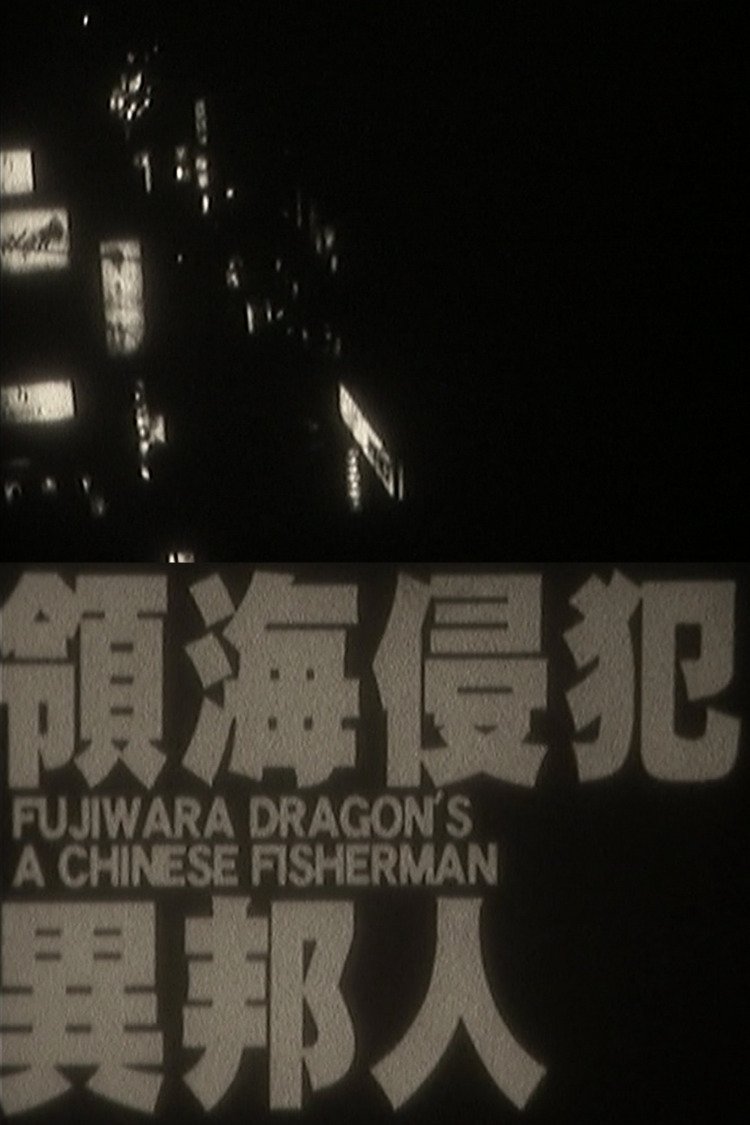
A very rare, Super 8 film by Fujiwara Sho (pen name Fujiwara Dragon), that was screened only one time. Some scenes were later reused in one of Kenji Onishi versions of Edge Cutters and altered. There were many versions of Edge Cutters and Kenji Onishi altered them for different screenings.

VIDA, starring AV actress Hotaru Hazuki, is an erotic work aiming directly at the Hypothalamus. DEATH is an event that makes life emerge in a different language. The film was entirely self-developed at home

Zetcho is a feature shot on film, including the typical colouring of washed-out white and blue. Again Onishi brings together the couple’s problems, nature and brutalism, set against a colour-changing skyline or in small apartments. The structure of architecture and the one of nature. A cat hiding behind a car. While it all turns out to be a drama of killing and brutalism against women.

Zetcho is a feature shot on film, including the typical colouring of washed-out white and blue. Again Onishi brings together the couple’s problems, nature and brutalism, set against a colour-changing skyline or in small apartments. The structure of architecture and the one of nature. A cat hiding behind a car. While it all turns out to be a drama of killing and brutalism against women.
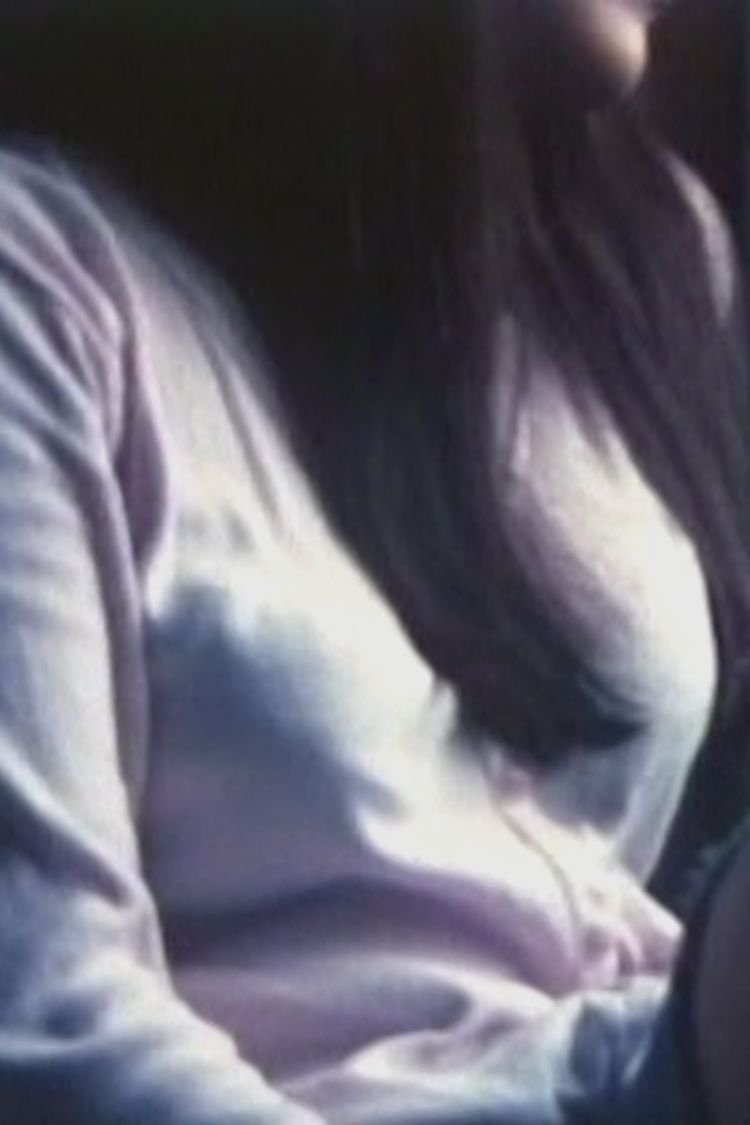
Blue Max (1997) shows a woman looking out of a window, but also working with extreme close-ups: The street, her neck, the window, her knees, the floor and her toes, brought together by the sound of a passing train. Her ears, her mouth, the wall and the door. The sparkling glass of a window and the young woman on top of a naked young man and later the shadows on the wall of both of them. A telephone is ringing and the clouds in the blue sky are travelling by while it all turns into a rape. And the calmness of both of them is quite irritating when they later watch TV together. (www.desistfilm.com)
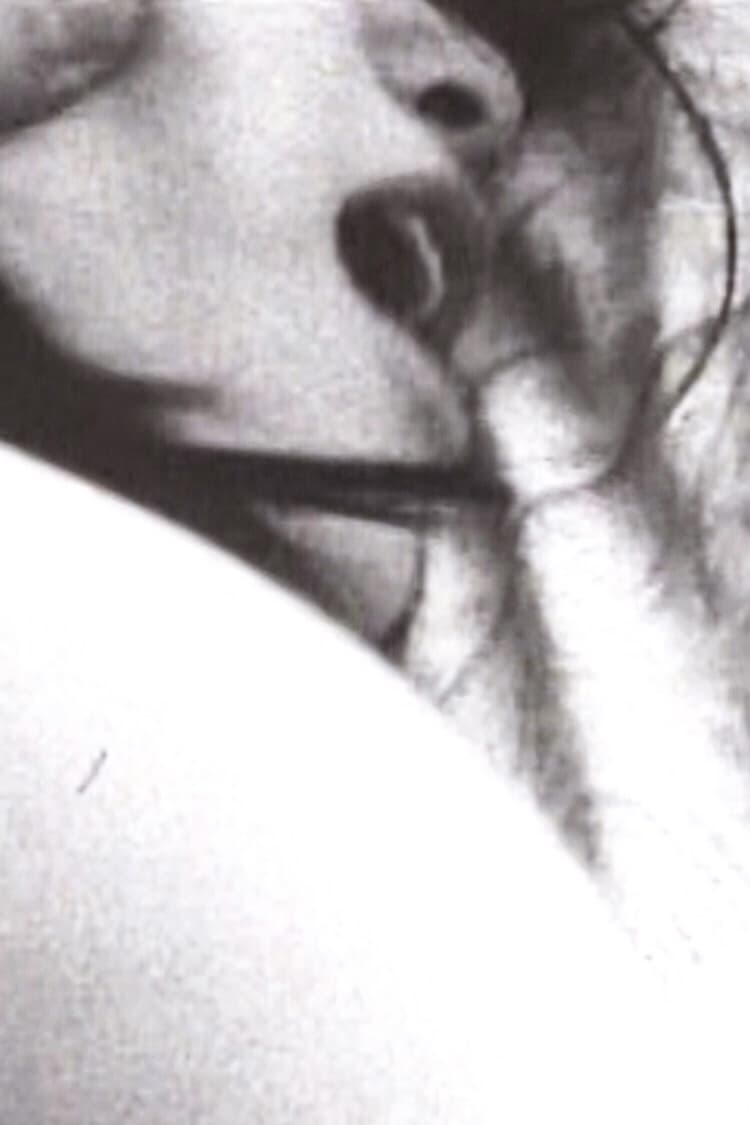
Out of Frame (1996) plays with your expectations and the way how we are used to “read” pictures and their framing. A woman is rubbing herself against a white wall, making the typical noises of having sex from the back, and Onishi takes his time to open the framing and then showing them in explicit positions. You don’t see the penetration but watch the rhythm of two bodies, listening to it, too. The framing by windows will allow you some rest. The man is putting on his clothes and closing the door while the woman is looking out oft he window. Onishi’s typical black inserts again, and we watch the same couple on the toilet, where he is putting her hands into hand-cuffs. After that he is showering her carefully, and she remains in hand-cuffs while they are having sex again under the shower. He is using his revolver then to free her from these metal things. And the toilet is a calm place when she comes back after strangling a young man on the street.
A central figure on the Tokyo experimental film scene and already a veteran of the international festival circuit, Kenji Onishi has made nearly 200 films since 1990, ranging from Super-8 studies of light to full-length features filled with drugs and violence. His filmmaking output spans many genres, and he has become known for a distinctive personal style that melds structural concerns with overtly sensationalist subject matter.
By browsing this website, you accept our cookies policy.